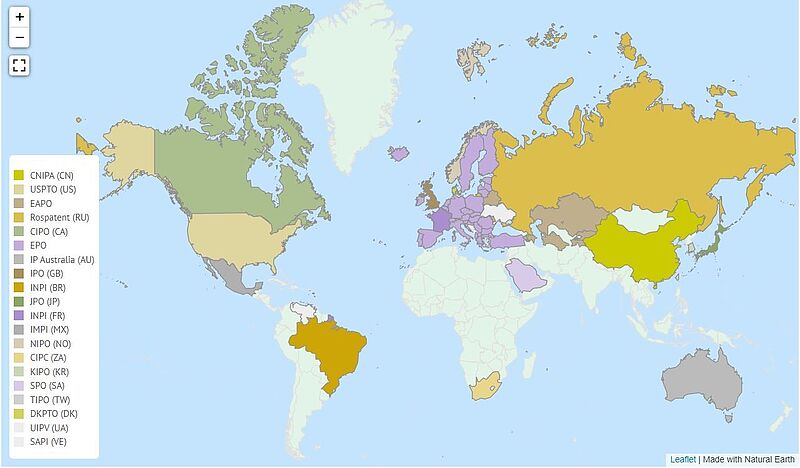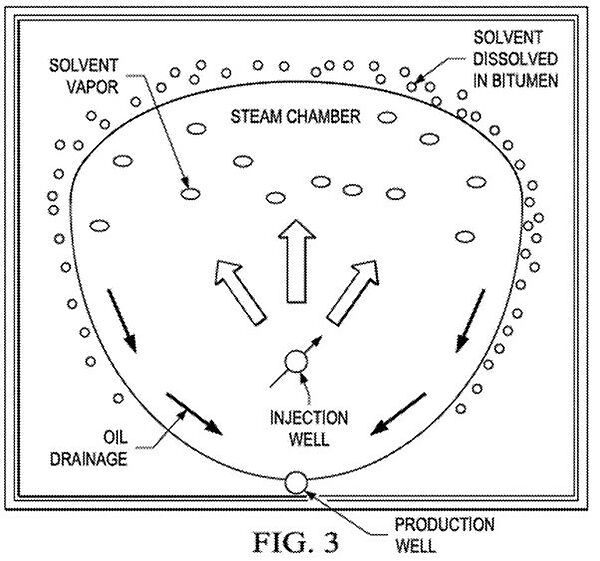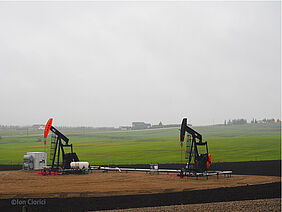In the structure of final global primary energy consumption, oil products lead by a significant margin, with the total final consumption of oil exceeding 30%.
The uniqueness of raw materials in the form of fossil fuels, in addition to having the physical and chemical properties optimal for the energy sector, lies in the presence of another tremendous advantage – the possibility of its long-term storage. Located in the bowels of the earth and once extracted from it, oil or gas, can be delivered at the right time to the consumer and used by him for his intended purpose, including the production of electricity. Moreover, despite the multiple cycles of energy conversion from one type to another, such a process is economically profitable and efficient.
Unconventional oil includes high viscosity and high-density oil, kerogen oil or oil shale, oil sands, light tight oil, located in the reservoirs, limestone and sandstone formations with low permeability. Unconventional oil is also often referred to as heavy oil and even extra heavy oil. In the structure of proven reserves of conventional oil there is an obvious trend – a decrease in light oil and, conversely, an increase in heavy oil and hard-to-recover oil reserves. Progress in the development of technologies for the extraction of hard-to-recover and heavy oil significantly expanded the available reserves of the oil and gas, while increasing the cost of their production and processing. Taking into consideration the increase in the share of hard-to-recover reserves in the global hydrocarbon balance, it becomes clear that the use of these technologies will keep steadily growing.
A significant part of effective technical solutions for the extraction of unconventional oil is concentrated in patent documents registered in various patent offices. The patent database "UNCONVETIONAL OIL PRODUCTION. Chemical Stimulation" was prepared by EnerTechUp company and includes the inventions, where the authors disclosed technical solutions based on the introduction of various activators into hydrocarbon layers.
In particular, the inventors offer multiple variants of activating compositions based on known chemical substances, for instance, polymeric materials, flourinated hydrocarbon, polyvinylalcohol, methyl ether, amines, ammonia, fatty acid, surfactant, reactive particles, etc. The inventions also disclose the options and devices for efficient injection of solvents into oil-bearing strata, optimum well configurations, methods and equipment for forming a suspension, improved modes of oil recovery while injecting hydrocarbon solvents.
The database contains more than 12 000 patent documents registered in patent offices around the world since 1987 and 2284 patent families.
In the last 20-year period patents were granted in 34 patent offices around the world. The most popular patent offices with applicants were CNIPA (China), USPTO (US), Rospatent (RU), CIPO (CA), EPO, and IP Australia (AU). In recent 5 years the largest share of registered patent applications was in CNIPA (China), and a considerable increase in patenting activity was seen in INPI (BR).
Patent offices participating in the patenting process (granted 5 or more patents in 2002-2021)
Source: www.aenert.com
Representatives of 47 countries around the world participated in the patenting process. About 30% of patents were granted to US applicants. The share of Saudi Arabia residents has grown substantially in applicants who registered their applications in the last five years.
2145 applicants from 47 countries participated in the preparation of the inventions. Sinopec China Petroleum & Chemical Corporation (CN), Baker Hughes Incorporated (US), Sinopec SRIPT Shanghai Research Institute of Petrochemical Technology (CN), Tatneft (RU), BASF, SE (DE), Shell Internationale Research Maatschappij B.V. (NL), Saudi Arabian Oil Company (SA), and SINOPEC Beijing Research Institute of Chemical Industry (CN) were each granted more than 100 patents for the 20- year period.
Baker Hughes Incorporated (US), China Petroleum & Chemical Company (CN), Saudi Arabian Oil Company (SA), BASF, SE (DE), Ecolab USA Inc. (US), Locus Oil Ip Company LLC (US), Sinopec SRIPT Shanghai Research Institute of Petrochemical Technology (CN) were leading by the number of registered patent applications during the last five years.
The list of top 10 most productive applicants by the number of patents includes:
Sinopec China Petroleum & Chemical Corporation (CN)
Baker Hughes Incorporated (US)
Sinopec SRIPT Shanghai Research Institute of Petrochemical Technology (CN)
Tatneft (RU)
BASF, SE (DE)
Shell Internationale Research Maatschappij B.V. (NL)
Saudi Arabian Oil Company (SA)
SINOPEC Beijing Research Institute of Chemical Industry (CN)
CNPC China National Petroleum Corporation (CN)
ExxonMobil Upstream Research Company (US)
Top 10 applicants (trends). Patents, 2002-2021
Source: www.aenert.com
Compositions and methods were mentioned most of all in the patented inventions. Methods prevailed among patent applications in the last five years. IPC indices C09K8/584 (characterised by the use of specific surfactants); E21B43/22 (use of chemicals or bacterial activity); C09K8/588 (characterised by the use of specific polymers) were assigned to patents more than others.
As examples, the following groups of inventions were additionally considered: various compositions improving oil recovery rates and containing specific surface-active agents (surfactants), specialized devices and mechanisms for dosing, mixing, and supplying reagents; custom well configurations providing optimum efficiency of chemicals effect on the reservoir; specific order of conducting technological operations, etc, and compositions for enhanced oil recovery characterized by involvement of specific polymers.
Example of technical solutions:
US20180216450A1/WELL CONFIGURATION FOR COINJECTION/ IPC: E21B43/30, E21B43/24 / CHEN Bo, CHEN Qing / ConocoPhillips Company / Appl. date: 10/08/2017; Publ. date: 02/08/2018 / United States Patent and Trademark Office.
The invention provides a branched well configuration for heavy oil recovery using expanding solvent-SAGD method (or ES-SAGD). The configuration includes horizontal production well, alternating vertical injector wells and vertical producer wells along the horizontal production well. The claims include the dimensions of the mentioned wells, their relative positions and their structure. The invention also discloses a method for oil production using said well configuration. The aim of the invention is to improve the cost-effectiveness of steam generation in ES-SAGD process by avoiding the formation of gas blanket preventing effective heat transfer.
Image from US20180216450A1
Along with “Chemical stimulation”, Technology elements “Gas injection or water flooding”, “Reservoir permeability improvement and extraction”, and “Steam injection” were frequently mentioned in patents and patent applications. Such problems as “High running costs of maintenance” and “Environmental balance and protection” were frequently mentioned in patents and patent applications.
Over the 20-year period the cumulative patenting activity has grown substantially. Starting with 2011 more than three hundred new patent applications have been registered annually, and from 2012 more than one hundred patents have been granted every year.
A complete version of the database can be found at www.aenert.com
